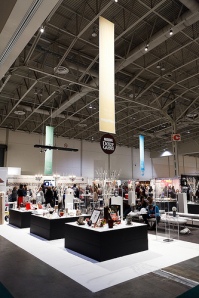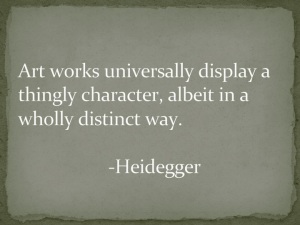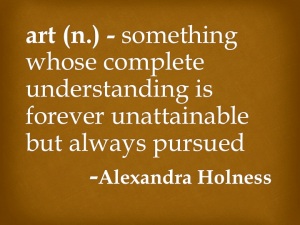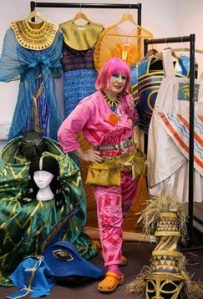Nonprofit or Not Profiting? A Critical Examination of Nonprofit Finance
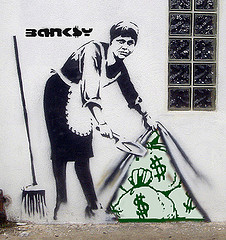 The subject of nonprofit finance is a sensitive one. On the one hand, so many artists and administrators labor diligently and conscientiously on behalf of something that has value but not always commercial viability. Everything from museum conservation to arts education programs exist for a public good, and cannot necessarily conform to a business model built on pricing of supply and demand. However, there is another side to the coin. Does nonprofit status — the absence of profit motive – have a potential downside? Some have argued that not profiting has removed some of the engines that keep the for-profit sector vibrant. Alexandra Holness steps into this territory to ask some questions that are not necessarily easy or comfortable. Yet they point to the need for perpetual self-examination, and to the potential that profit motive might have a lesson for those in the nonprofit community.
The subject of nonprofit finance is a sensitive one. On the one hand, so many artists and administrators labor diligently and conscientiously on behalf of something that has value but not always commercial viability. Everything from museum conservation to arts education programs exist for a public good, and cannot necessarily conform to a business model built on pricing of supply and demand. However, there is another side to the coin. Does nonprofit status — the absence of profit motive – have a potential downside? Some have argued that not profiting has removed some of the engines that keep the for-profit sector vibrant. Alexandra Holness steps into this territory to ask some questions that are not necessarily easy or comfortable. Yet they point to the need for perpetual self-examination, and to the potential that profit motive might have a lesson for those in the nonprofit community.
Join TMD as we consider these questions in “Nonprofit or Not Profiting? A Critical Examination of Nonprofit Finance” (click here for full article).

